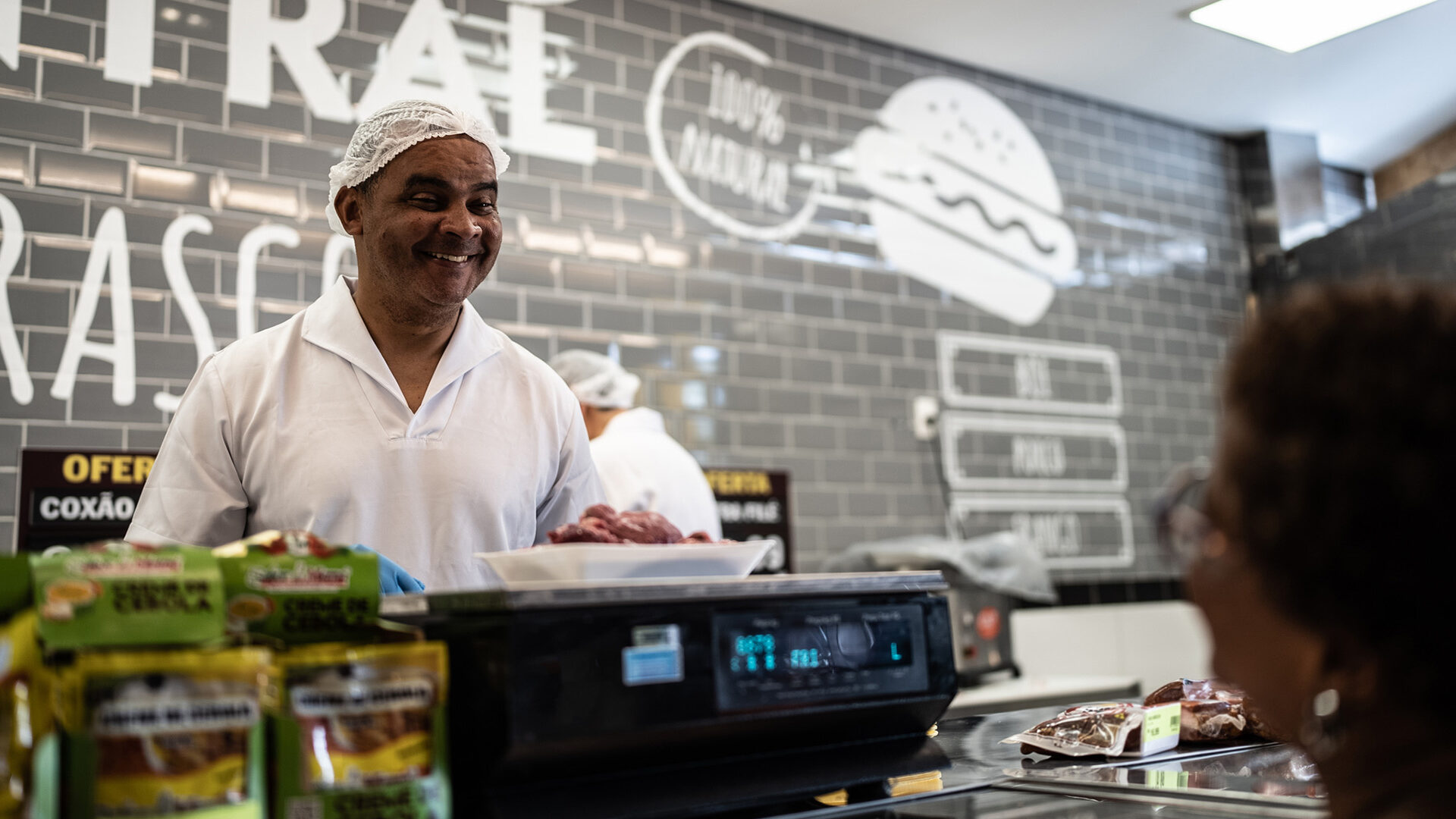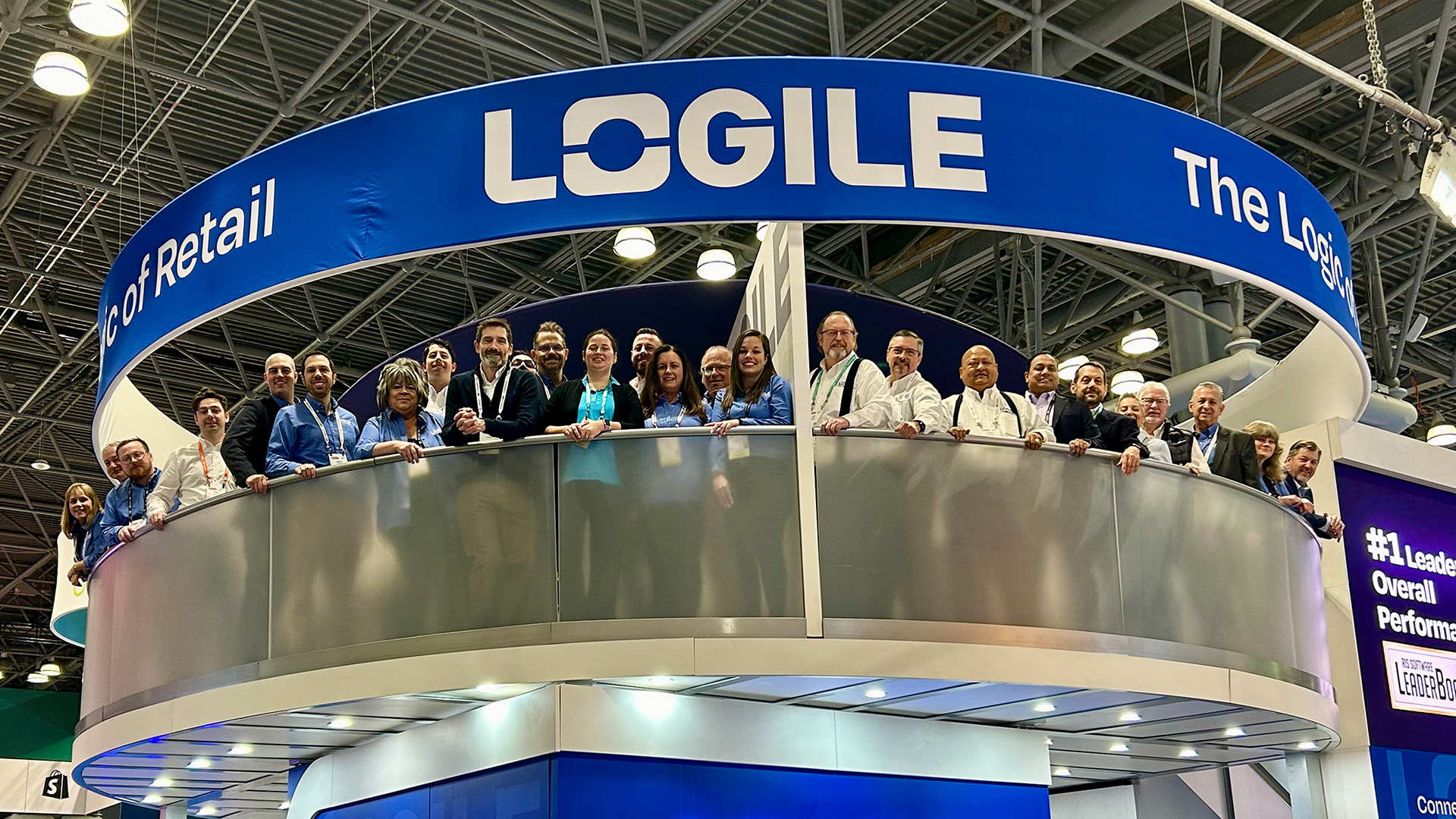2 minute read
How Many Cashiers Does it Take? Improved Schedule Accuracy Produces Key Business Benefits

When people ask me what I do for a living, my response is that I work in the workforce management software industry, generating store-level forecasts and schedules for enterprise retailers. After the usual blank stares, I try to explain in more everyday terms that people can relate to. I say, “Do you ever wonder when you go to your local grocery store why there are four cashiers working instead of five?” The response invariably comes back from the listener, “Ah, so it’s your fault that there are never enough cashiers working at my store when I shop!” And to a degree, they are correct. Getting the right number of people working is a difficult yet important task: over-scheduling costs money, and under-scheduling results in poor customer service and a possible loss of valued customers. How can you arrive at the “right” balance?
Many factors to consider
The goal of forecasting and scheduling at a retail store is to achieve the elusive objective of efficiently aligning the associates with the store’s unique business needs. All while adhering to all federal and state laws, rules and regulations as well as corporate policies and procedures. Additionally, the human factor makes the problem even more complex. As everyone knows, labor is by far a retailer’s most controllable expense—but it’s also the most important one. Happy, satisfied and enthusiastic associates can make a huge difference to a retailer’s bottom line by 1) increasing productivity (think increased conversion rates and higher sales per labor hour) and 2) reducing the high costs of associate turnover.
The numbers are compelling
Let’s bring some perspective to the need for improved schedule accuracy. Based on numerous customer case studies and personal observation, traditional schedule efficiency (that is, the measure of schedule-to-forecast accuracy at the 15-minute interval) is likely to be in the low 80th percentile for most retailers using either manual or legacy systems. This means that for 20 percent of the time (at the 15-minute interval), front end and other service departments are either over- or under-scheduled given the customer demand.
Approximately 10 percent would be attributed to over-scheduling, where there would be more associates scheduled for that 15-minute period than were required. It’s interesting to note that limited over-scheduling can be expected and is attributed to factors such as minimum shift lengths, guaranteed weekly hours, and dips in workload patterns. The other 10 percent would be attributed to under-scheduling, where there would be fewer associates scheduled for that 15-minute period than were required. Note that limited under-scheduling can be expected and is attributed to factors such as maximum shift lengths, weekly hours constraints, and spikes in workload patterns.
All of this adds up to a lot of room to do better!
Closing the gap
To address these issues, powerful forecasting and automated scheduling tools can significantly improve the schedule accuracy, significantly reducing over- and under-scheduling. The result is the right person working at the right task at the right time to best serve customers. This is accomplished with improved volume forecast accuracy and generating the proper workload to the 15-minute increments for each task. Good scheduling tools then produce compliant, optimized schedules, with cross-job and objective shift assignment that consider complex labor rules, constraints and employee preferences.
The overriding objective: minimize the variance between the schedule and labor requirements while fully honoring the complex rules and constraints of your workforce—inclusive of union mandates, minor laws, and the various other complexities found in large workforces.
So for those of you in the industry, although it may sometimes be difficult to casually explain the how-many-cashiers question, we can take satisfaction in the knowledge that we are helping to address a very real and complex business problem… One that not only helps retailers improve operations but also affects all of us as consumers. That’s a win on the store floor for everyone!



